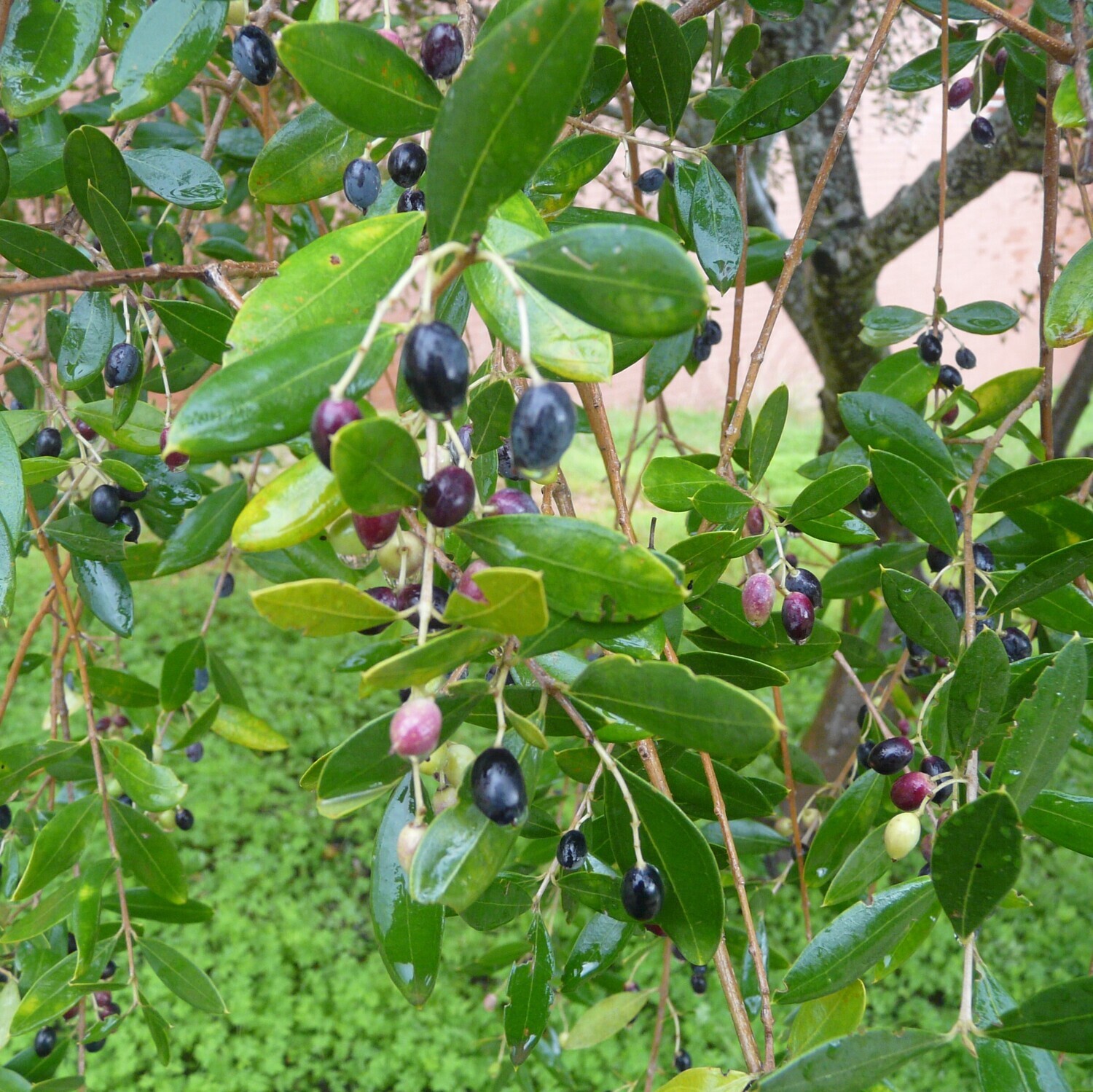jardimseco

Phillyrea latifolia
More on the ecology and fire recovery of Phillyrea
Phillyrea is a genus comprising only two species in the olive family; the other species is P. angustifolia. Both species are ecologically important in landscapes affected by fire as they are classified as 'resprouter' species. After a fire, they regenerate vigorously from the root system or lignotuber, enabling the rapid recovery of the canopy structure and biomass. Even under drought conditions, it maintains high survival rates (nearly 100%) and shows minimal impact on density or cover, making it a key species in post-fire ecosystem recovery. Phillyrea latifolia also supports biodiversity ecologically by providing food and shelter for birds and pollinators. Its berries feed birds and its dense foliage provides nesting sites. Together with its sister species, P. angustifolia, it can play a crucial role in the revegetation of degraded or fire-affected areas thanks to its tolerance of drought and heat.
How to use our online shop
-
You can make an order by selecting plants with quantities and putting them in your Shopping Bag.
-
By placing an order you are not obligated to purchase the plants online and you will not be asked for any payment at this stage.
-
We will confirm prices, availability and delivery/collection dates with you by email.
-
Only when all the details of your order are agreed, will we send you an agreed Factura/Invoice and request payment from you.
-
Once an order is agreed we require a 50% payment to secure the plants. Plants in the shopping basket are not reserved until an order is placed.
-
Availability - the store contains 3 availability categories
-
Plants ready for despatch, collection within 14 days
-
Plants we have but they are still growing into their containers. These are offered for reservation and will be released once they are ready. An estimated date for their availability is given.
-
Plants that we only hold a limited stock of, or only propagate occasionally or on demand. This also includes plants we are going to propagate in the near future.
-
Read more on our plant availability and advance orders here
